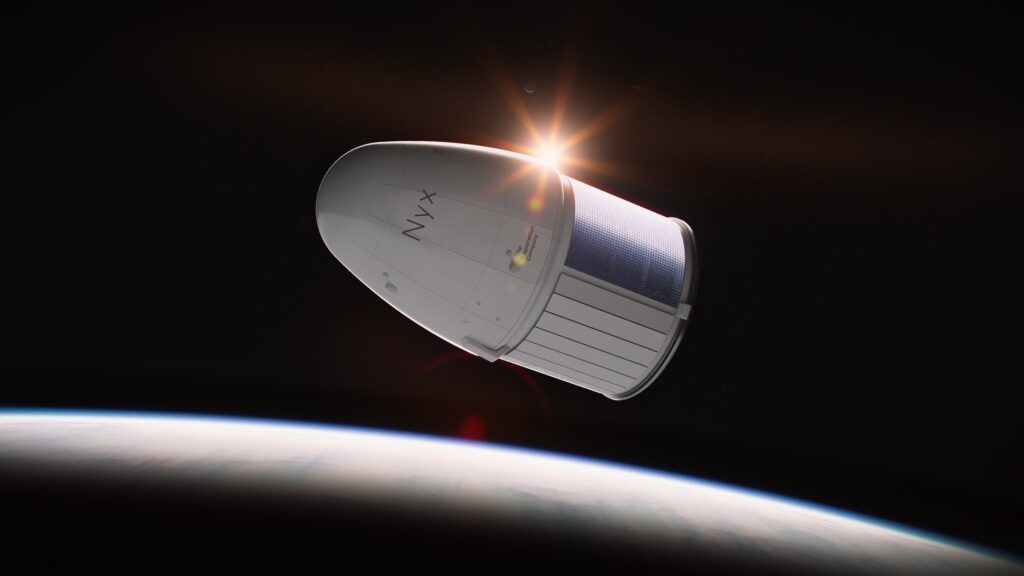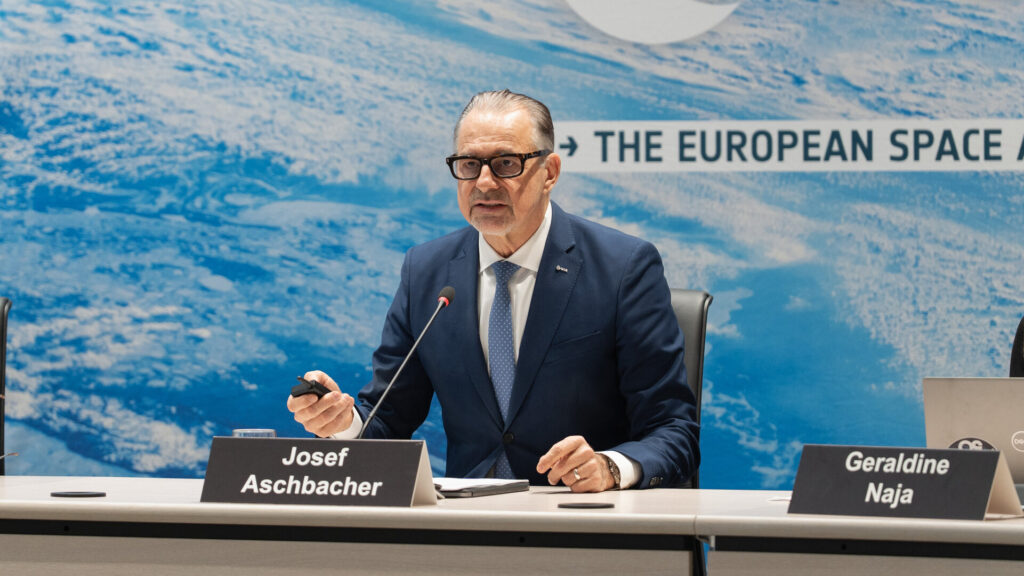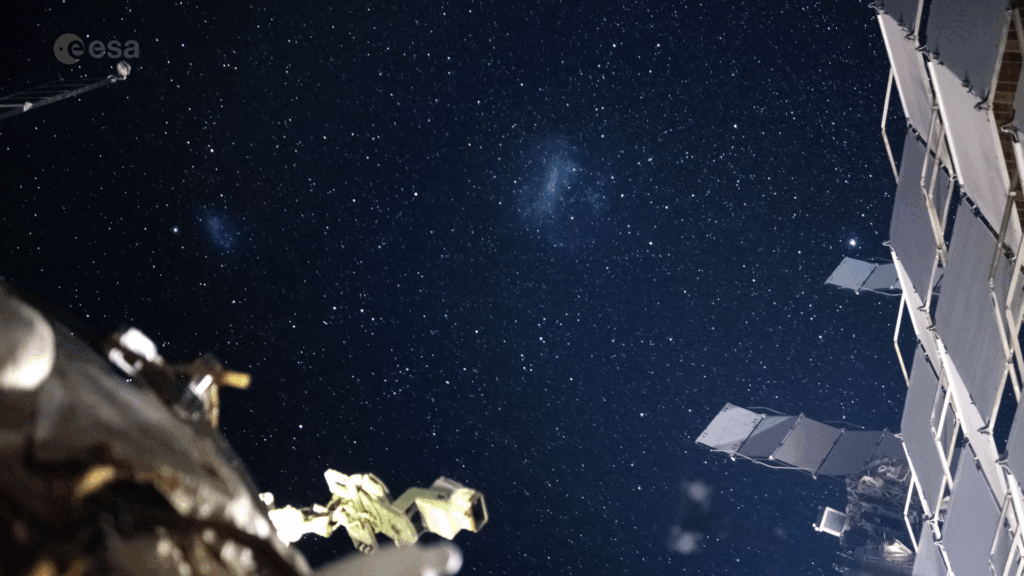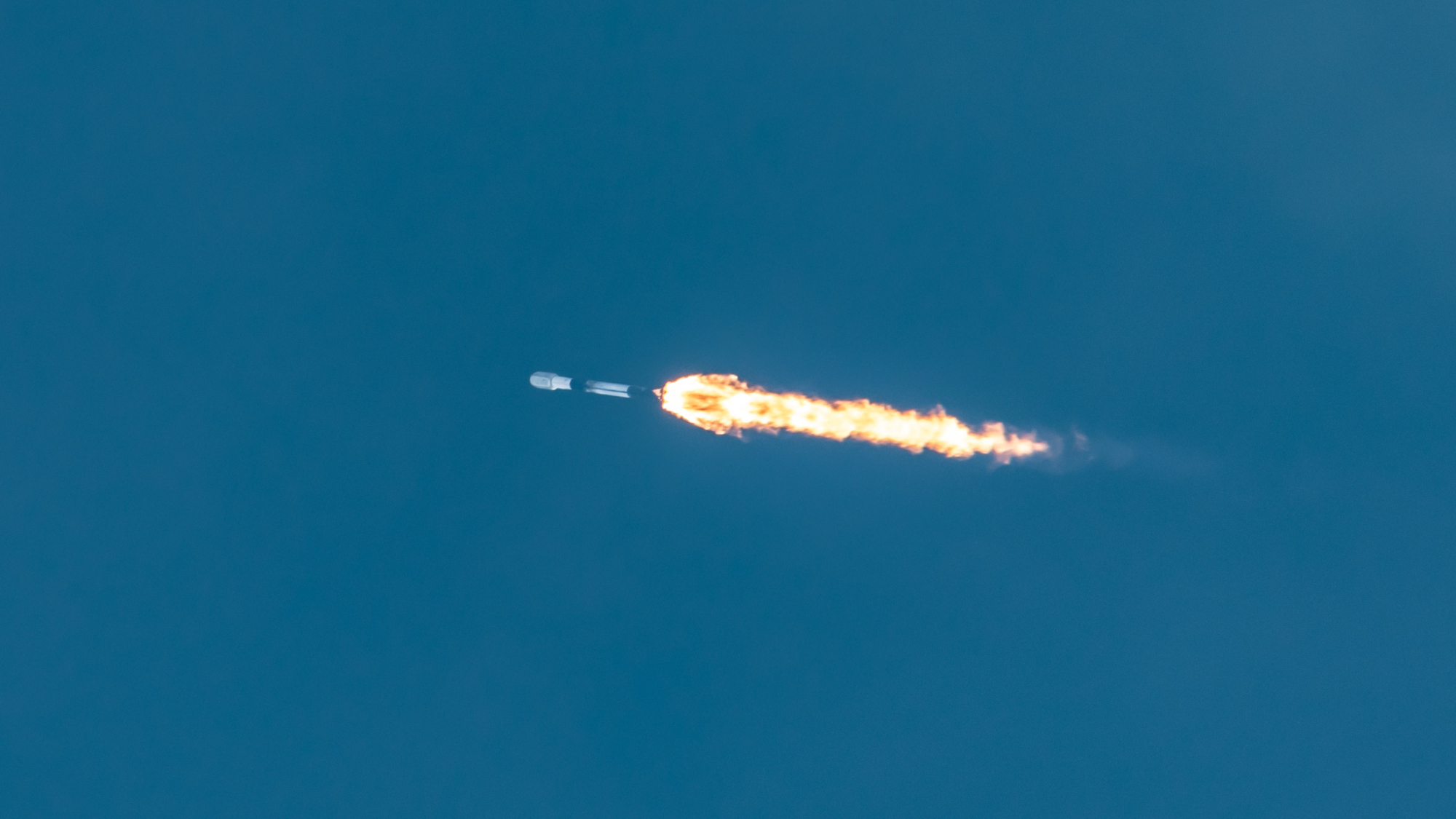Now Reading: ESA’s new asteroid hunter opens its eye to the sky
-
01
ESA’s new asteroid hunter opens its eye to the sky
ESA’s new asteroid hunter opens its eye to the sky
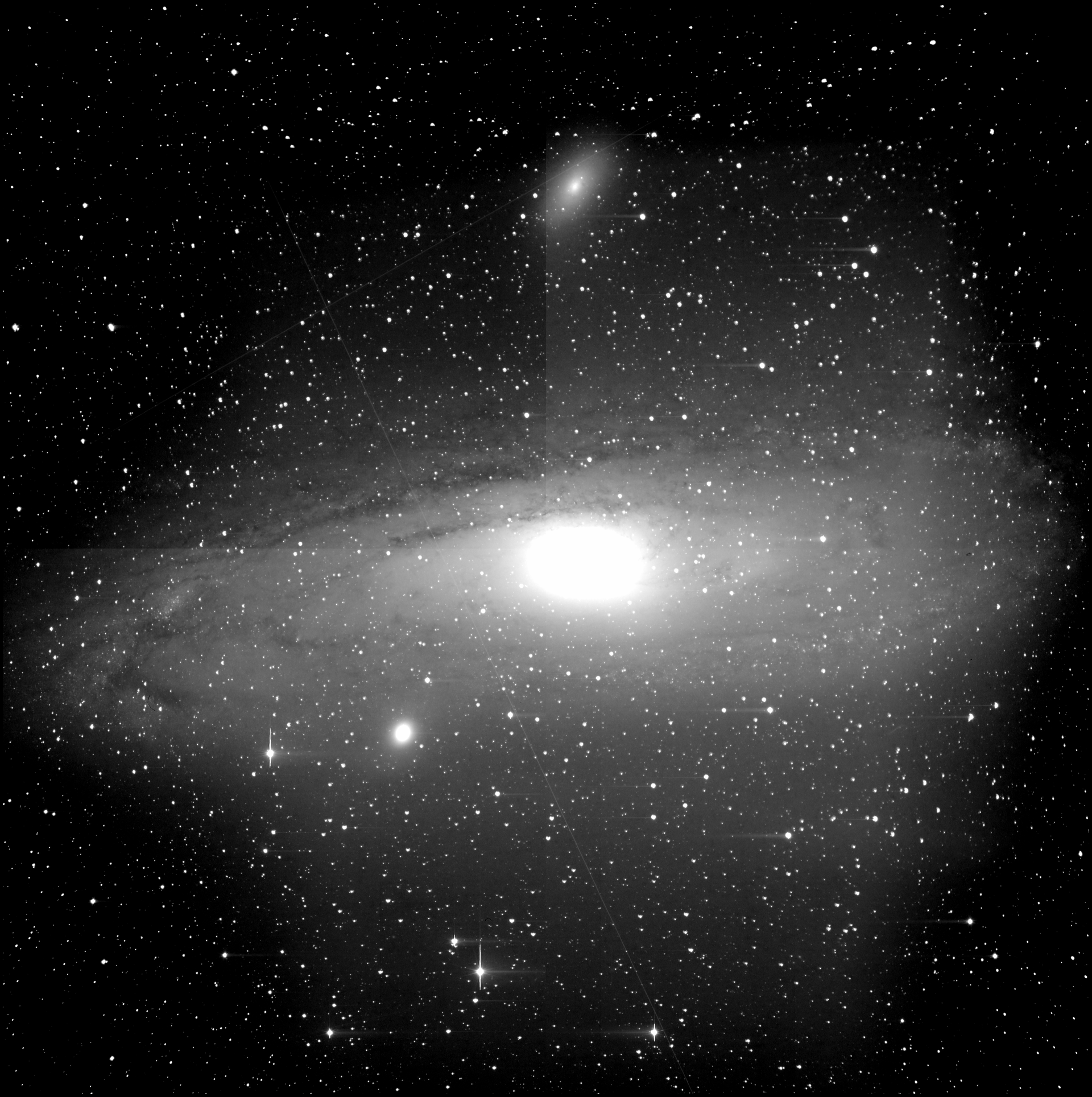

05/06/2025
863 views
18 likes
The European Space Agency’s (ESA) newest planetary defender has opened its ‘eye’ to the cosmos for the first time. The Flyeye telescope’s ‘first light’ marks the beginning of a new chapter in how we scan the skies for new near-Earth asteroids and comets.
Inspired by an insect’s compound eye, ESA and OHB Italia designed Flyeye to capture a region of the sky more than 200 times as large as the full Moon in a single exposure – much larger than a conventional telescope.
It will use this wide field of view to automatically survey the sky each night independent from human operation and identify new asteroids that could pose a hazard to Earth.
“In the future, a network of up to four Flyeye telescopes spread across the northern and southern hemispheres will work together to further improve the speed and completeness these automatic sky surveys and to reduce the dependence on good weather at any individual site,” says ESA’s Ernesto Doelling, Flyeye Project Manager.
“The earlier we spot potentially hazardous asteroids, the more time we have to assess them and, if necessary, prepare a response,” says Richard Moissl, Head of ESA’s Planetary Defence Office. “ESA’s Flyeye telescopes will be an early-warning system, and their discoveries will be shared with the global planetary defence community.”
“The unique optical design of the Flyeye telescope is optimised for conducting large sky surveys while maintaining high image quality throughout the wide field of view,” says Roberto Aceti, Managing Director at OHB Italia.
“The telescope is equipped with a one metre primary mirror, which efficiently captures incoming light. This light is then divided into 16 separate channels, each equipped with a camera capable of detecting very faint objects. This enables simultaneous high-sensitivity observations over a large region of the sky.”
During operations, Flyeye’s observation schedule will be optimised to consider factors such as Moon brightness and the work of other survey telescopes such as the NASA-funded ATLAS telescopes, the Zwicky Transient Facility and the upcoming Vera Rubin Telescope.
Stay Informed With the Latest & Most Important News
Previous Post
Next Post
-
 01From Polymerization-Enabled Folding and Assembly to Chemical Evolution: Key Processes for Emergence of Functional Polymers in the Origin of Life
01From Polymerization-Enabled Folding and Assembly to Chemical Evolution: Key Processes for Emergence of Functional Polymers in the Origin of Life -
 02Two Black Holes Observed Circling Each Other for the First Time
02Two Black Holes Observed Circling Each Other for the First Time -
 03How New NASA, India Earth Satellite NISAR Will See Earth
03How New NASA, India Earth Satellite NISAR Will See Earth -
 04Thermodynamic Constraints On The Citric Acid Cycle And Related Reactions In Ocean World Interiors
04Thermodynamic Constraints On The Citric Acid Cycle And Related Reactions In Ocean World Interiors -
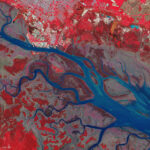 05Φsat-2 begins science phase for AI Earth images
05Φsat-2 begins science phase for AI Earth images -
 06Hurricane forecasters are losing 3 key satellites ahead of peak storm season − a meteorologist explains why it matters
06Hurricane forecasters are losing 3 key satellites ahead of peak storm season − a meteorologist explains why it matters -
 07Binary star systems are complex astronomical objects − a new AI approach could pin down their properties quickly
07Binary star systems are complex astronomical objects − a new AI approach could pin down their properties quickly












